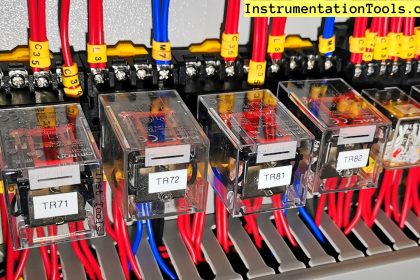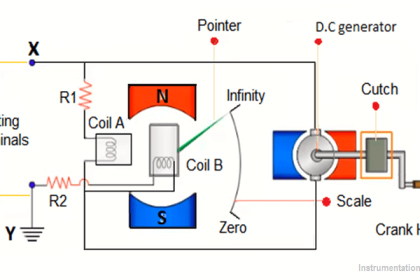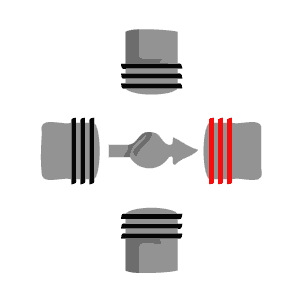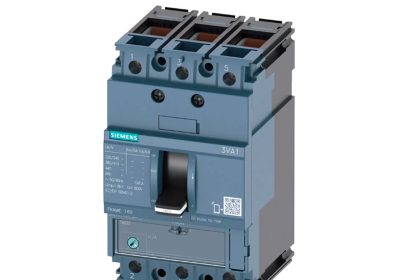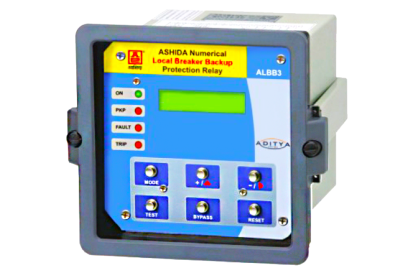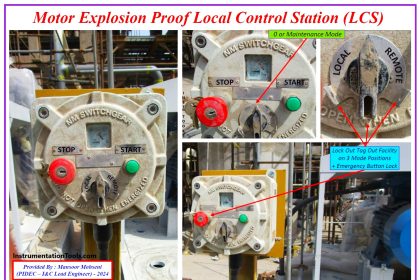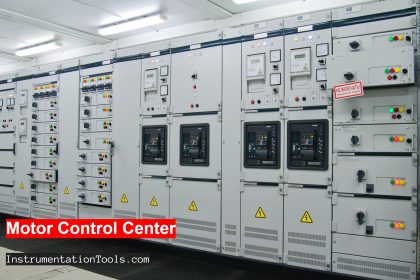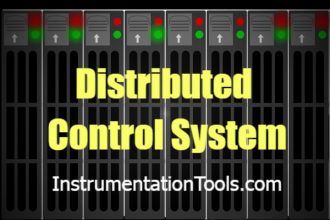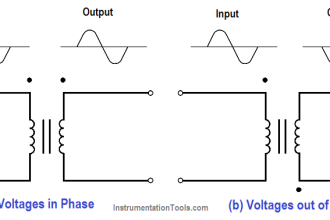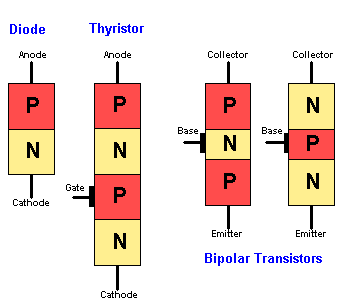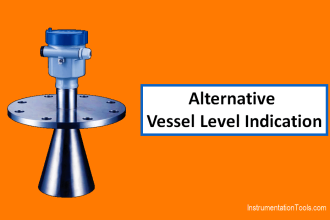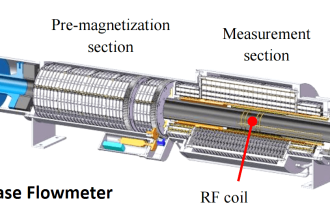We Instrumentation as well as electrical engineers many times come across the words like ground fault as well as earth fault. Ground fault and earth fault, these two similar-looking words but have a difference.
Let us see what is the actual difference between ground fault and earth fault by knowing what they actually are.
Ground Fault
A ground fault is simply a fault occurring due to contact between any live conductor and a ground point. Due to the contact between the live conductor and a ground point, the current starts flowing into the ground.
The current is of a very large magnitude during a ground fault. The reason behind the large magnitude of current in the ground fault is that there is a very low resistance path for the current to flow.
Due to the low resistance path from the live conductor to the ground, there is a large amount of current flow. A large amount of current flow in the ground is a loss of energy.
This large current flow can also damage the equipment. The ground fault can be due to a single phase grounded or even due to multiple phases grounded in the case of 3 phase power supply.
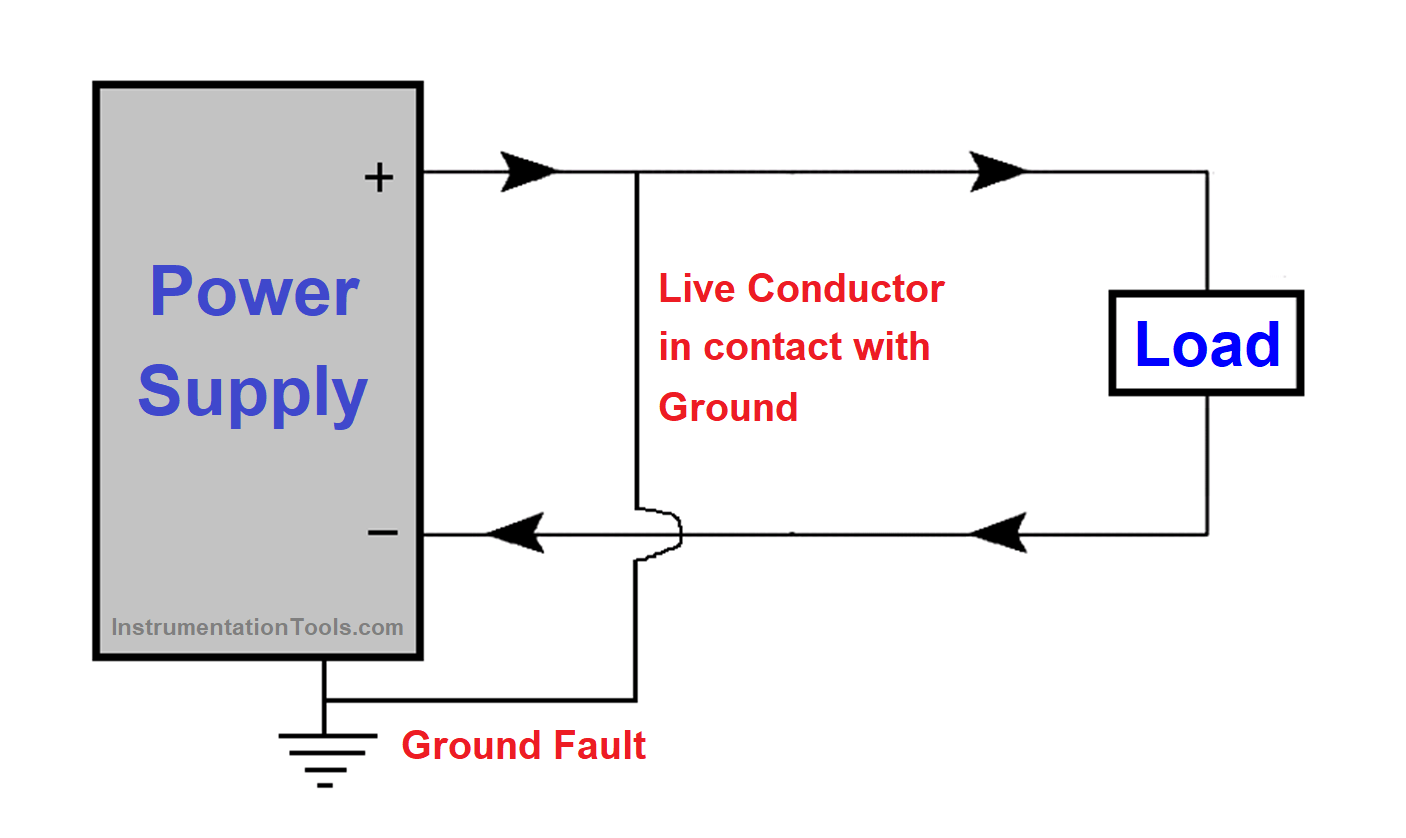
Reasons for Ground Fault
Reasons for ground fault can be:
- A cable’s insulation may be damaged due to many reasons like aging, overheating due to high current flow, or due to material defects. This cable’s live conductor having damaged insulation can create ground fault if current starts flowing from the live conductor to the ground.
- Water ingress or the presence of moisture in any electrical panel, marshalling panel, control panel, junction box, or connection which ultimately creates a path for current to flow from the live conductor to the ground.
- During any kind of maintenance activity on the live conductors, if by mistake the live conductor comes in contact with the ground, then also ground fault can occur.
- A short circuit in any component can also lead to ground fault.
- Connecting ground wire to a live conductor or live circuit can also lead to ground fault
Earth Fault
Earth fault is also a similar kind of phenomenon like ground fault. In earth fault, the live conductor comes directly in contact with the earth.
Because of direct contact between the live conductor and Earth, a large amount of current starts flowing. Current starts flowing in large amounts because the Earth is a very good conductor of electricity.
The people or equipment which come in contact with the loop of the earth fault circuit can also get affected due to the flowing current.
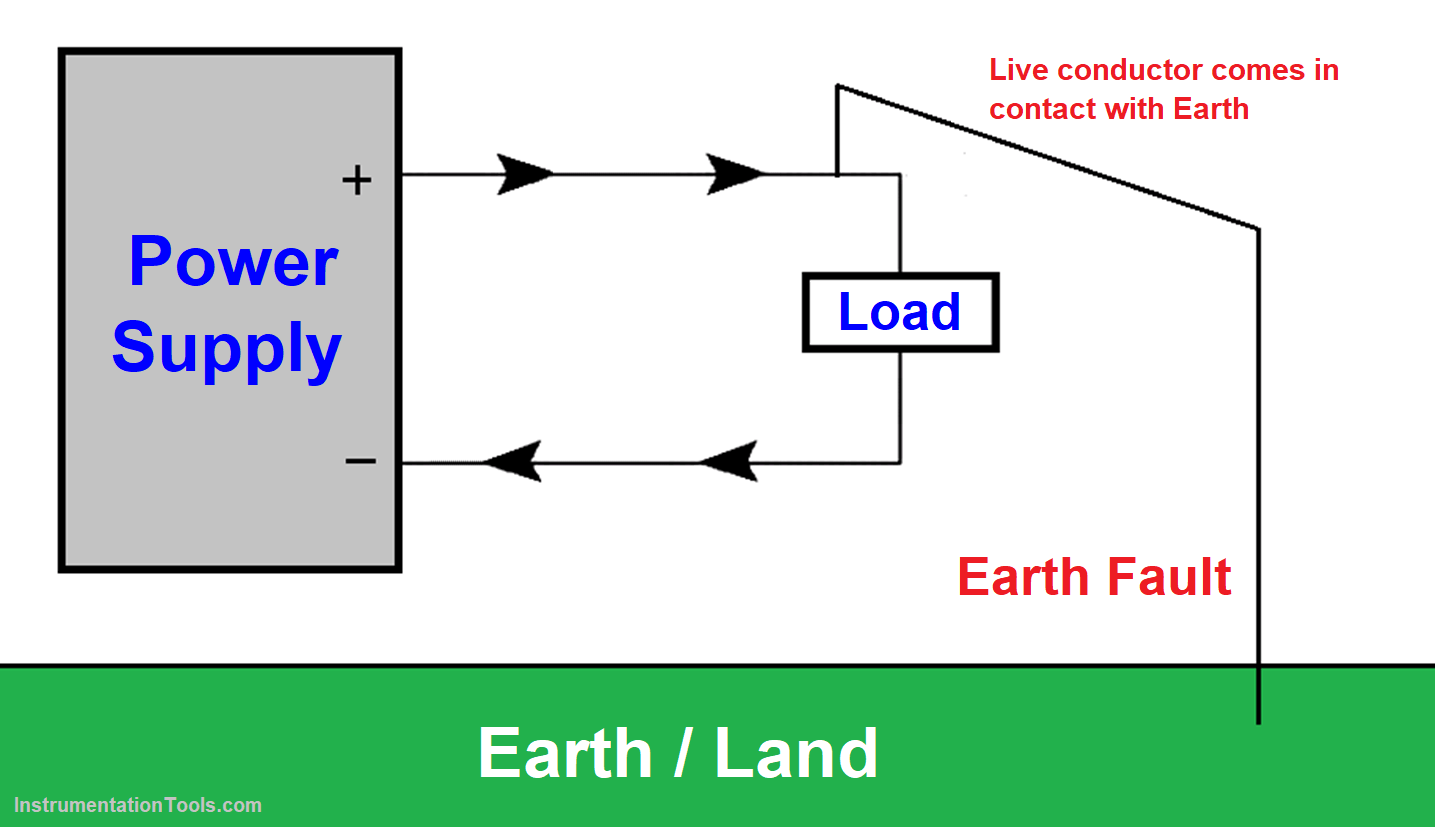
Reasons for Earth Fault
Reasons for earth fault can be:
- A cable falls from a lightning pole or supply pole during the rainy season due to wind and touching the earth.
- During any kind of maintenance activity on the live conductor, if by mistake the live conductor comes in contact with the earth then earth fault is possible.
- Many times, the floating ground is used in plants, at that time if the live conductor comes in contact with the earth, then also earth fault comes.
How to Protect a System against Ground Fault and Earth Fault?
The following are some of the basic protection steps against the ground fault and earth fault.
- Generally, protection relays are used to trip the system under faulty conditions like over current detection or over voltage detection.
- MCB and Fuse in the system are also providing protection up to some extent during fault conditions.
- In-house, we use ELCB (Earth leakage circuit breaker) or RCCB (residual case circuit breaker) for protection against ground and earth faults.
If you liked this article, then please subscribe to our YouTube Channel for Instrumentation, Electrical, PLC, and SCADA video tutorials.
You can also follow us on Facebook and Twitter to receive daily updates.
Read Next:
- DOL Starter Circuit Diagrams
- Earth Leakage Circuit Breaker
- Star Delta Starter Circuit Diagrams
- Control Two Motors after Time Delay
- Thermal Protection Relay for Motors

